Shimotsukare is a unique and traditional dish from the Tochigi and Ibaraki prefectures in Japan. Often described as a rustic and hearty stew, it’s a dish with a long history and a distinctive flavor profile. Therefore, this article will delve into what Shimotsukare is, its origins, and where you can find it, offering a glimpse into a beloved regional specialty.
What is Shimotsukare?
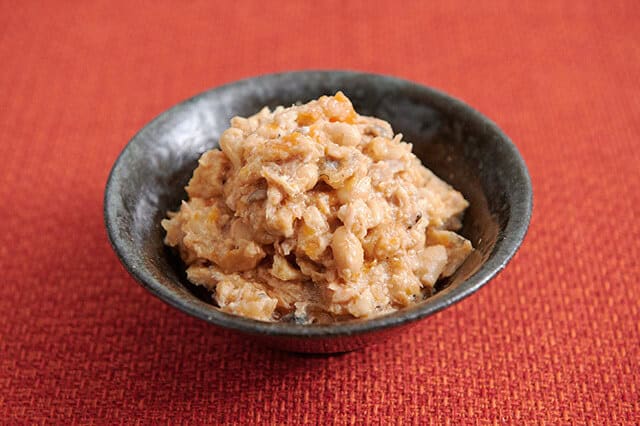
Shimotsukare is a simmered dish made primarily from salted salmon head, daikon radish, carrots, and fried soybeans. Locals slowly cooked these ingredients with sake kasu (the lees left over from sake production), which gives the dish its unique, slightly sweet and fermented taste. Other ingredients often include abura-age (fried tofu) and various seasonings like soy sauce and mirin. The dish is popular for its strong, savory, and slightly sour flavor, as well as its chunky and fibrous texture.
Locals traditionally prepared Shimotsukare in large batches around the beginning of February, during the Setsubun festival, and you can eat it over several days. The strong flavor and long shelf-life of the dish were essential for providing a nourishing meal during the cold winter months.
Shimotsukare Origin
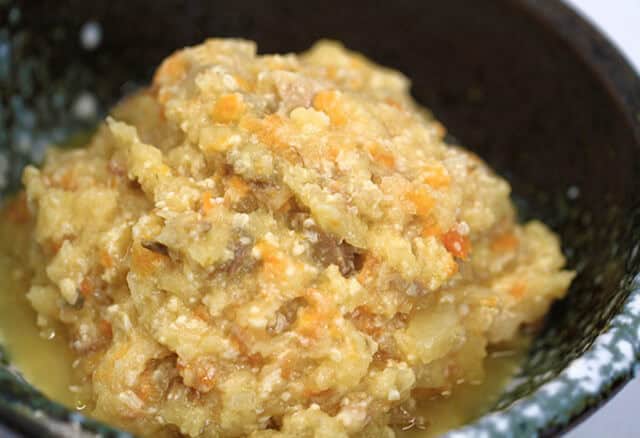
The roots of Shimotsukare are deeply tied to the history of the Kanto region and the availability of local ingredients. The practice of using salted salmon heads, a byproduct of the salmon industry, and mixing them with vegetables like daikon and carrots, which are abundant in the winter, was a practical way to create a nourishing meal. The addition of sake kasu was also a clever way to utilize a readily available leftover from sake production. The dish’s longevity and preservation method. It allows you to eat it over an extended period thus making it an ideal food for the cold winter months and for sharing within communities. Thus, passed down through generations, becoming a treasured part of the local culinary heritage.
Where to Find Shimotsukare
Kappo Tsukasa (割烹 司)
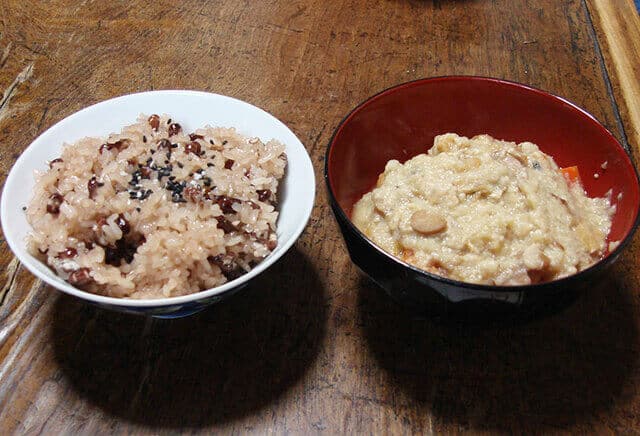
While many families still make Shimotsukare at home, you can also found this at some restaurants and specialty stores in the Tochigi region. One such place is Kappo Tsukasa, a traditional Japanese restaurant that sometimes serves the dish.
Conclusion: A Taste of Tradition
Shimotsukare is more than just a dish; it’s a window into the history and ingenuity of the people of Tochigi. Its rustic charm and strong, complex flavors make it a memorable culinary experience. It shows how simple, local ingredients can be transformed into a hearty and nourishing meal. For those interested in exploring Japan’s regional food culture, Shimotsukare is a fascinating example.
If you enjoyed learning about Shimotsukare, you might also want to try other regional Japanese dishes that utilize similar ingredients or cooking methods. Consider trying dishes like Hittsumi from Iwate, Jibu-ni from Ishikawa, or Senbei Jiru from Aomori for a similar taste of Japan’s diverse and rich culinary heritage.
FAQ
- What is Shimotsukare?
A traditional Tochigi stew simmers salmon head, soybeans, grated daikon, and leftover vegetables in sake lees.
- When is Shimotsukare usually eaten?
People traditionally make it after Setsubun (early February) to use leftover beans and vegetables.
- What does it taste like?
It has a rich, slightly tangy flavor from the sake lees and vegetables—unique and full of umami.
- Where can tourists try Shimotsukare?
Local restaurants, roadside stations (michi-no-eki), and regional food festivals in Tochigi mainly serve it.
- Is Shimotsukare eaten hot or cold?
Both! Some locals prefer it warm, while others enjoy it chilled after the flavors blend overnight.
- Is it vegetarian-friendly?
Traditionally it includes salmon, but some versions are made without fish for a lighter taste.
- Why is Shimotsukare important in Tochigi culture?
It’s considered a dish of gratitude and good fortune, passed down for generations.
- Should tourists try it?
Yes! It’s a true local specialty—an authentic taste of rural Tochigi’s home cooking tradition.
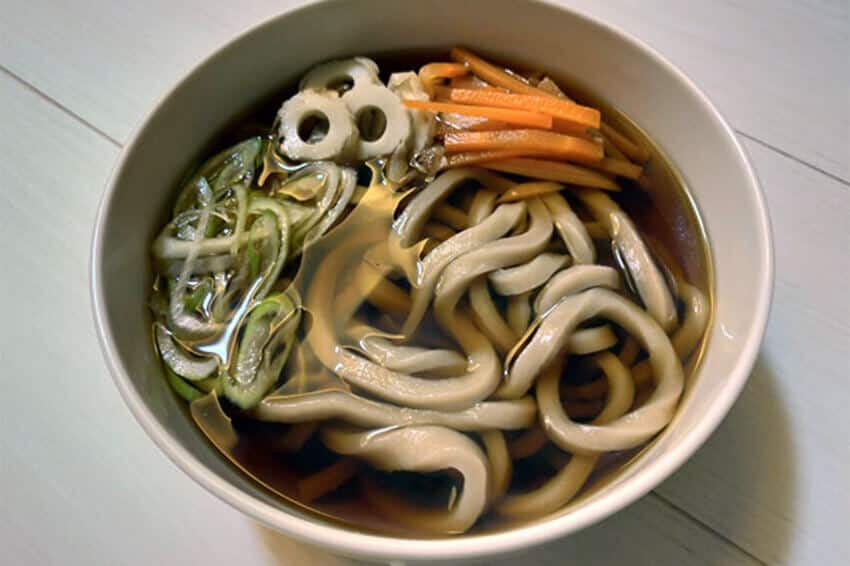

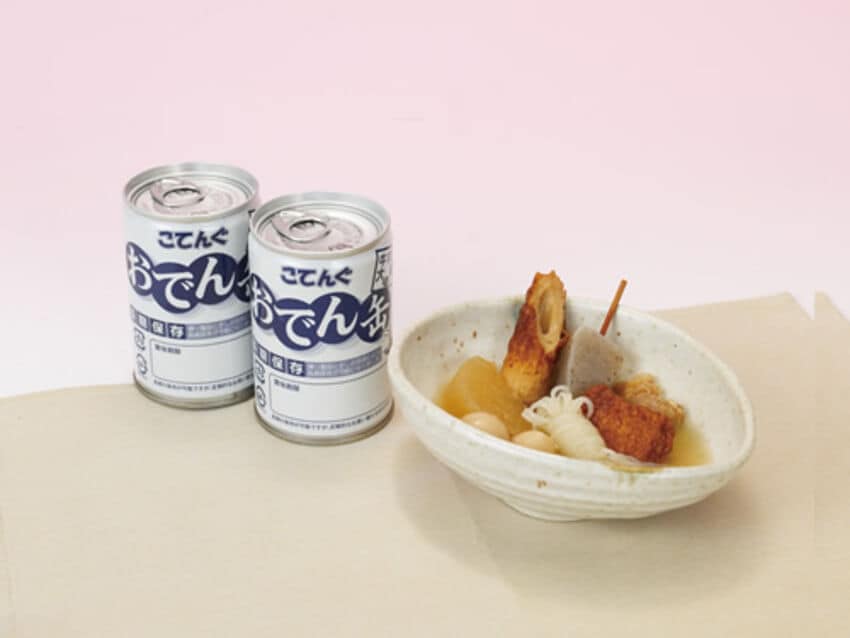
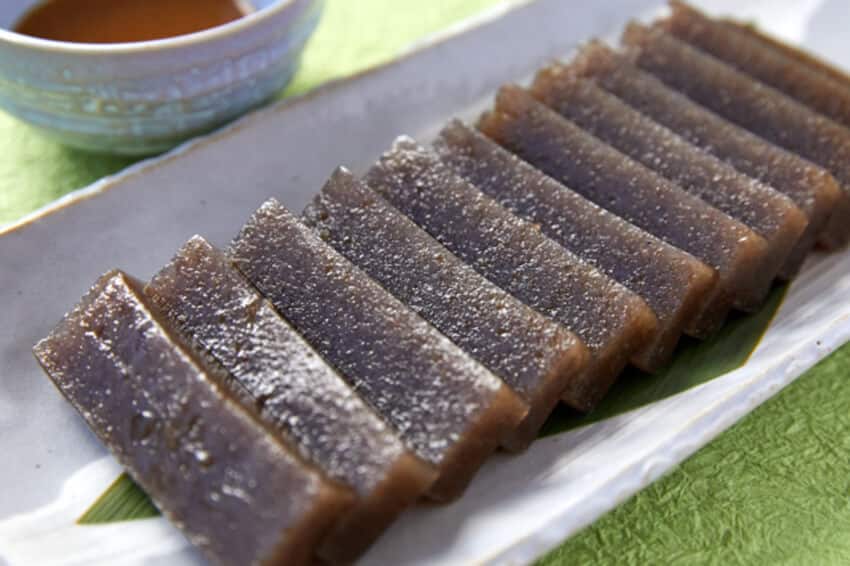
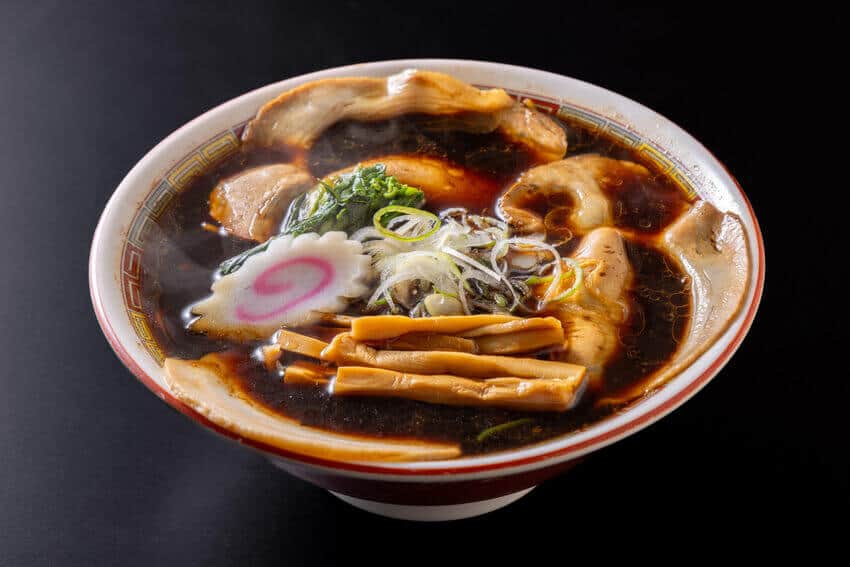



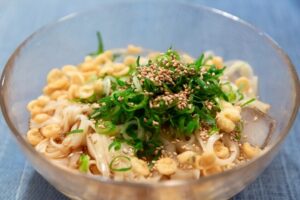
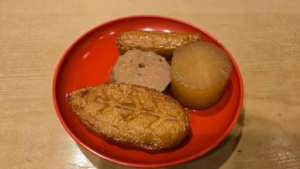
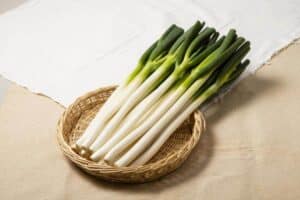

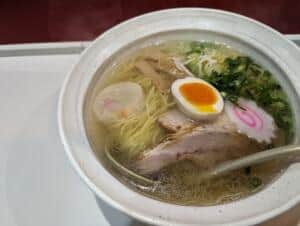

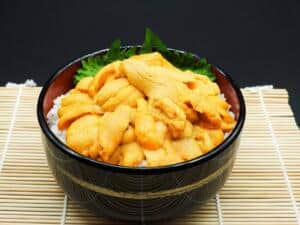
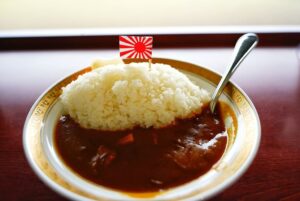
Comments